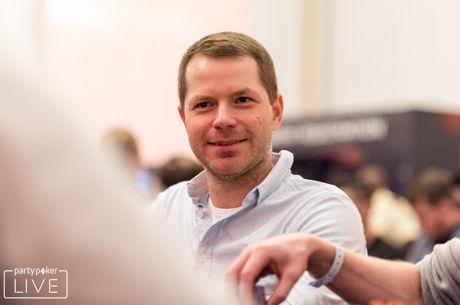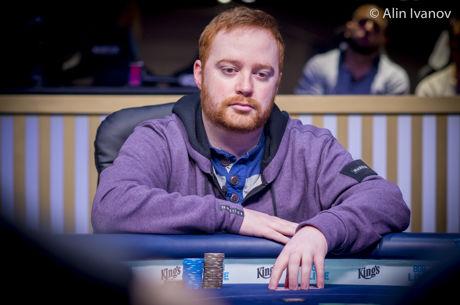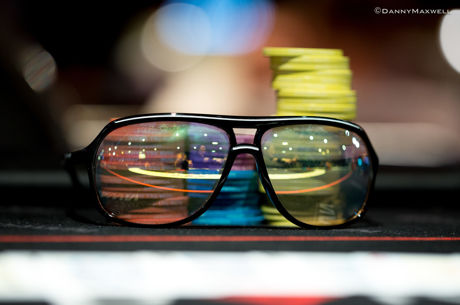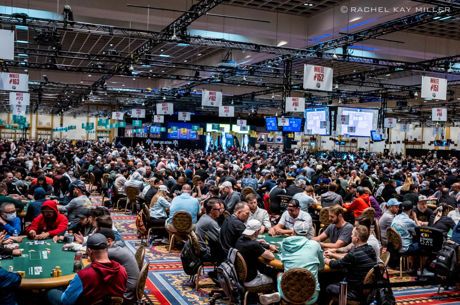Three More Key Ingredients of Successful Bluffing
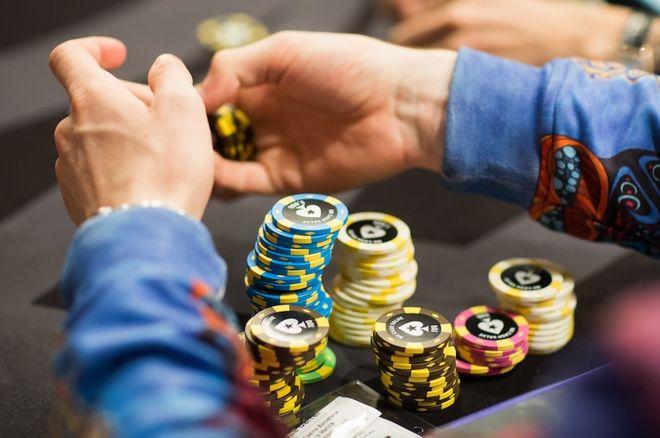
In my last column I wrote about the three key ingredients for successful bluffing: telling a convincing story about your hand, considering how bluffable your opponent is, and considering your image in your opponent's mind (including how tight he thinks you are).
In this column we'll address three more ingredients that you should consider when you bluff: your opponent's likely strength, your position, and your back-up plan.
Ingredient #1: The likely range of your opponent's hand
The excellent bluffing targets are those whom you can safely put on a range of hands that have not been helped by the board. That means thinking specifically about the range of hands that your opponent is likely to have when you bluff. Some of this is guesswork, to be sure. But some of it may be deduced based on his actions.
Just as you want your betting to tell a believable story when you bluff, so, too, do you want to piece together a likely story for your opponent when he bets.
It helps if he is a relatively predictable player. Let's start with a relatively tight and aggressive player, for example. If such a player raises from early position, you can deduce he has a fairly strong range �� e.g., JJ+ and AK.
Accordingly, If he then bets on a flop of 7?6?3?, the story he's telling is that he probably has an overpair to the board. When you consider both his action before the flop and his action on the flop, it's highly unlikely that he has hit a set or a straight. He is probably playing his overpair or perhaps occasionally c-betting with just ace-king.
If we then take this story to the next card, if the turn then pairs the board or provides another heart, the story he's then telling is that he is highly unlikely to have improved his hand, thereby giving you cause to attempt to take the hand away from him with a bluff. If he fires again and you raise, or if he checks and you bet, you are likely to force him to concede.
The situation is different from one in which you are in early position and he is in late position and raises preflop. Even a relatively tight and predictable player is likely to have a much broader range when he raises from late position than he does when raising from early position. And while his bet on the same flop might not mean he has hit his hand, his broad range could include hands that are very strong, such as two pair or a set. A bluff from you in this spot might be unwise.
Ingredient #2: Your position relative to the bluffee
That brings us to another important consideration when thinking about bluffing �� position.
It is much easier to bluff from later position, especially against relatively poor opponents. Weak players tend to play their hand straightforwardly, betting strong hands and not betting weak hands.
That is not to say this is always the case, but while they may sometimes overplay or underplay their hands (not understanding their true value), they are less likely than the more skilled to deliberately misrepresent the true strength of their hand.
Poor players are unlikely to check a strong hand in early position, for example. Accordingly, if they check and you are in late position, you can use their show of weakness as an invitation to steal the pot even if your hand is of little value.
Similarly, it is harder to bluff these opponents when you are in earlier position. You don't have any indication of their strength, as you'll be acting before them. That means you could be attempting a bluff at exactly the time when the board has improved their hand.
Ingredient #3: Your back-up plan
Some hands have an opportunity to improve to the better hand, even if they start out as bluffs. These are called "semi-bluffs." They generally make more sense than pure or "naked" bluffs since they have two ways to win �� as a bluff and by improving to the best hand.
Consider the following scenario. In a $1/$2 cash game you have 10?9? in late position. A couple of early position players call the big blind, another raises to $10, a player folds, and you, on the button, call with your drawing hand. A few other players in early position also call and five of you see the flop.
The flop is 6?7?A?. The early position players check, and the initial raiser bets $25. What do you do?
You have absolutely nothing but a draw �� a great draw, but just ten-high at the moment. A call might be in order. But what about a raise? A raise here would be a semi-bluff. It may convince the bettor (and the other players) that you have hit a very strong hand and thereby cause them to fold. But even if they call you, you have another way to win. Your hand may improve on the turn or river to a flush, a straight, or a straight flush.
Your raise is a bluff to be sure, but it's a bluff with a great back-up plan. The combination of your chances of improvement and your chances of winning the hand outright with a raise make this a great spot for you to raise. A semi-bluff is generally a much stronger weapon than a pure bluff.
There are a myriad of other considerations when deciding whether or not to bluff. In my next and final column in this series, we'll look at a few of those as well.
Ashley Adams has been playing poker for 50 years and writing about it since 2000. He is the author of hundreds of articles and two books, Winning 7-Card Stud (Kensington 2003) and Winning No-Limit Hold'em (Lighthouse 2012). He is also the host of poker radio show House of Cards. See www.houseofcardsradio.com for broadcast times, stations, and podcasts.

